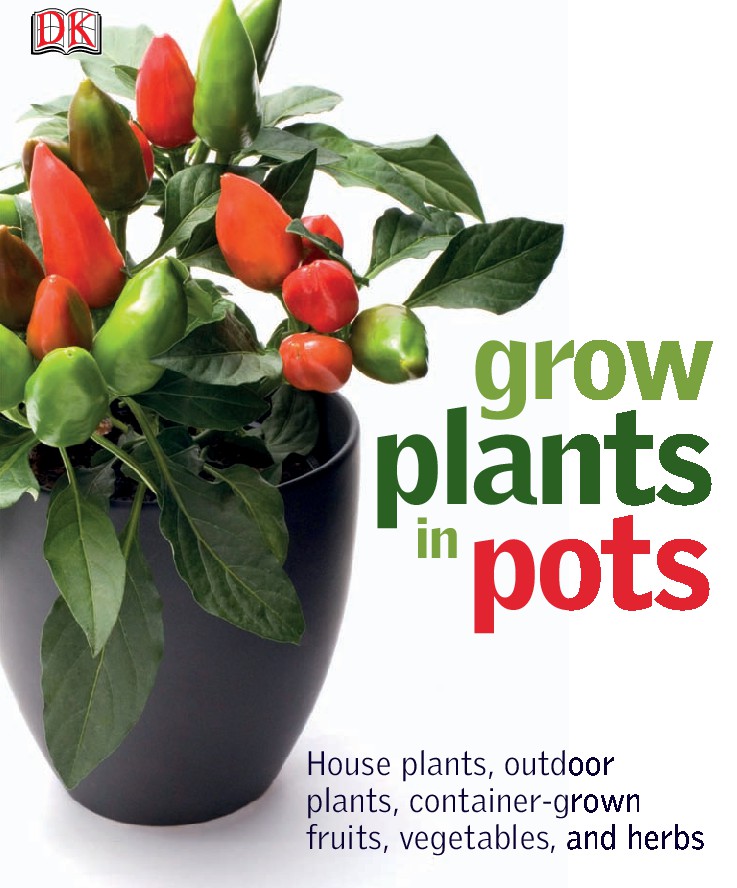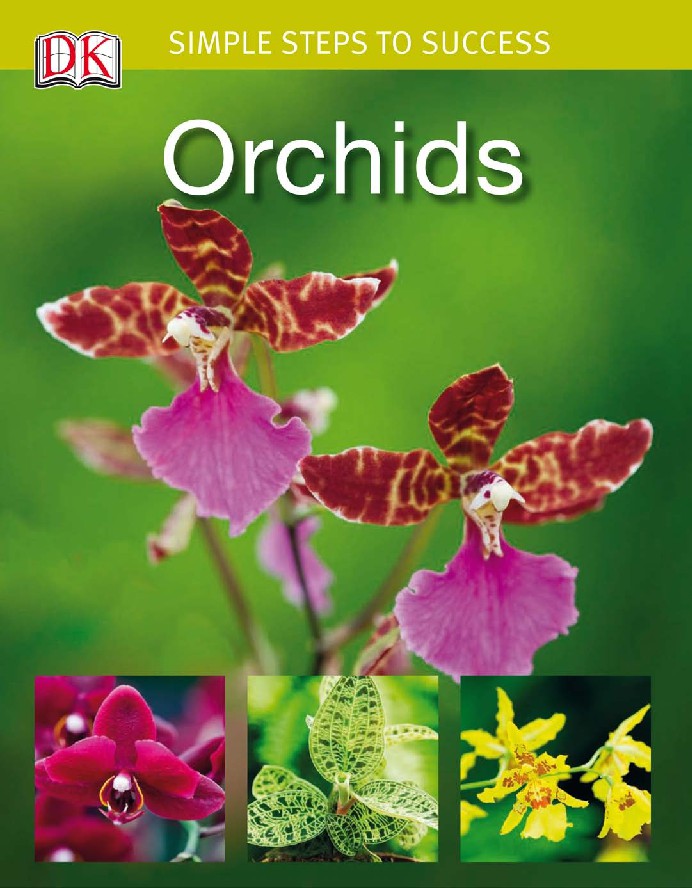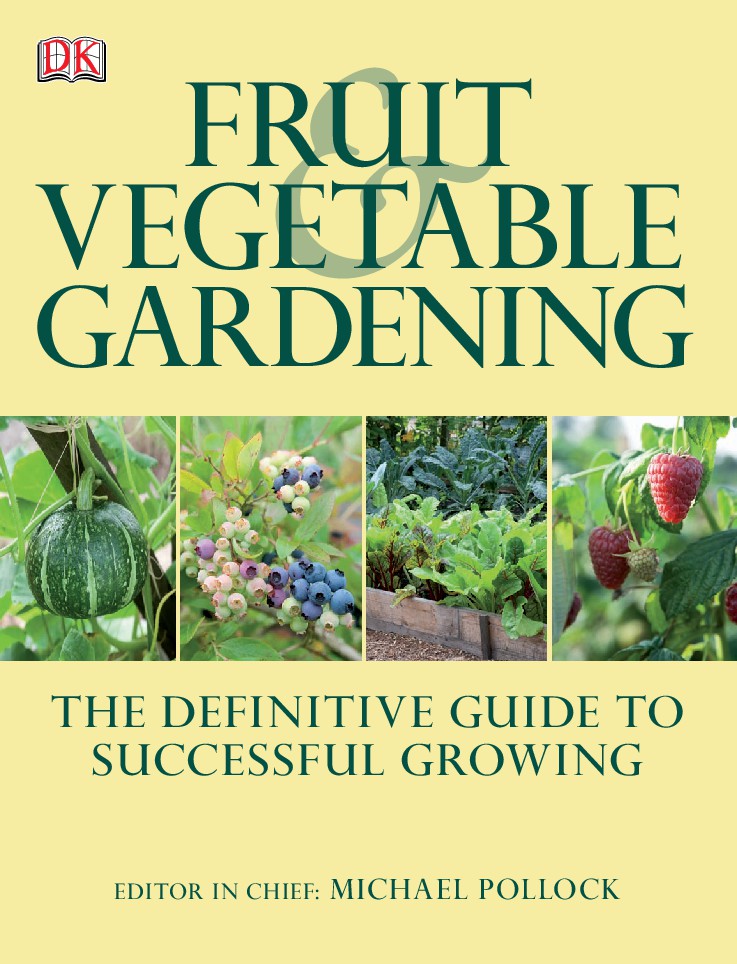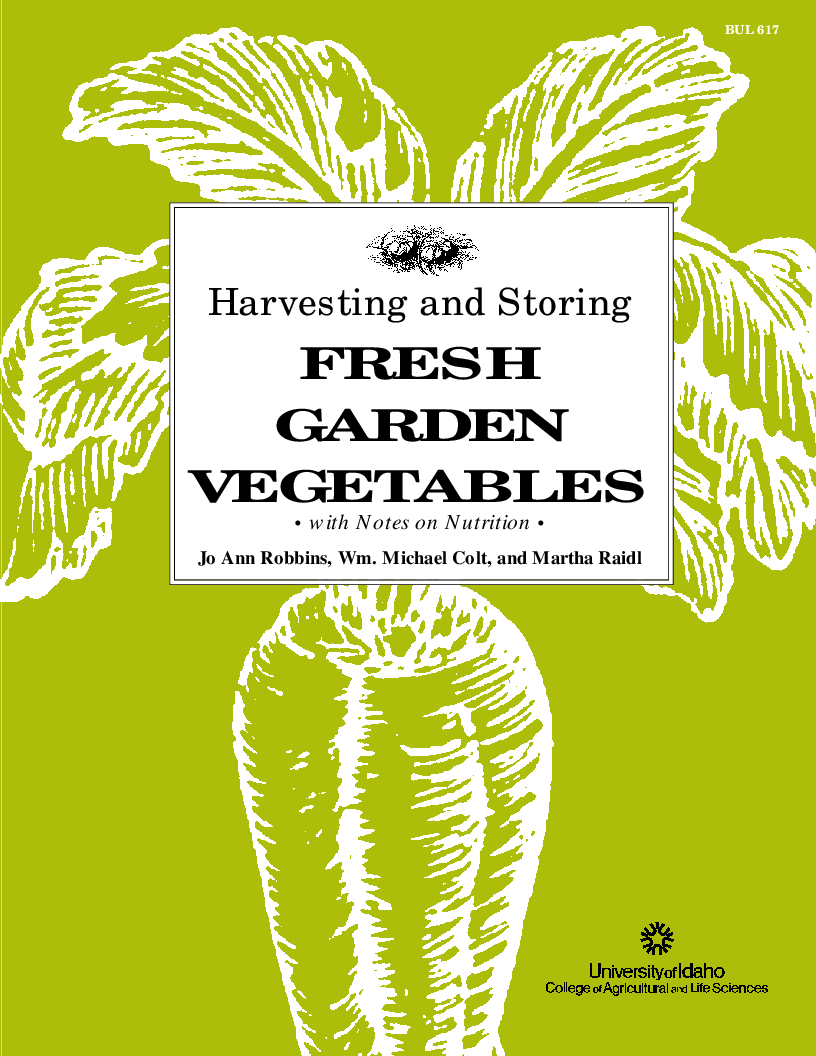Book Details

Handbook of plant disease identification and management
Plant diseases are becoming major constraints in agricultural production with increases in the
number
of hybrid and genetically modified cultivators who are focused on increasing yield. Climatic
changes are also creating favorable conditions for most of the diseases. At the same time, there are
many reports of new pathogens that can cause considerable damage to agricultural crop. Disease
identification plays a key role in overall diseases management. One disease may show different
symptoms; on the contrary, different diseases may show same kind of symptoms. Scope and depth
of our knowledge of plant and crop physiology are rapidly expanding, and plant physiologists are
continuously making new discoveries.
The Handbook of Plant Disease Identification and Management will be a plant pathology and
diseases related work, which will center around the topic of crop diseases. This handbook will
provide
fundamental knowledge about how to identify the disease, how to track disease development,
and IPM (Integrated pest management) by using diverse ways like chemical, biological, and
physical methods. It is a unique, comprehensive, and complete collection of the topics in plant
pathology to serve as an all-inclusive resource and up-to-date reference to effectively cover the
information relevant to plant diseases.
The sociology of crop pathology is discussed in this handbook as well as a review of a great variety
of techniques for the diagnosis of crop disease, losses due to crop diseases, and theory behind
the disease management. It also explores topics on how society is constraining the possibilities for
management; management of diseases through changing the environment; biological control of
crop diseases; weed management through pathogens; and the epidemiologic and genetic concepts
of managing host genes.
Author: Balaji Aglave
Pages: 621
Issue By: eBook 707
Published: 3 years ago
Likes: 0











